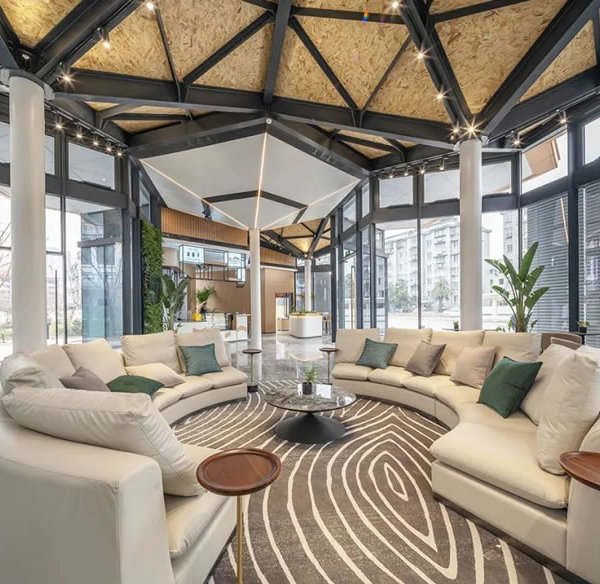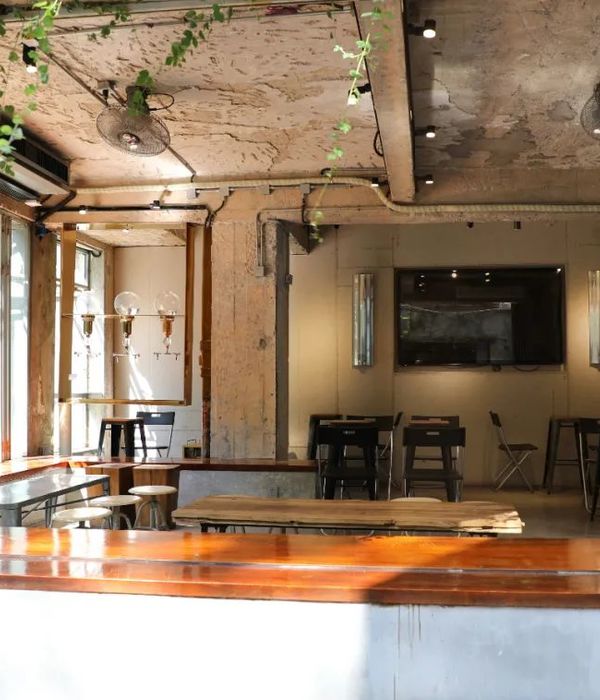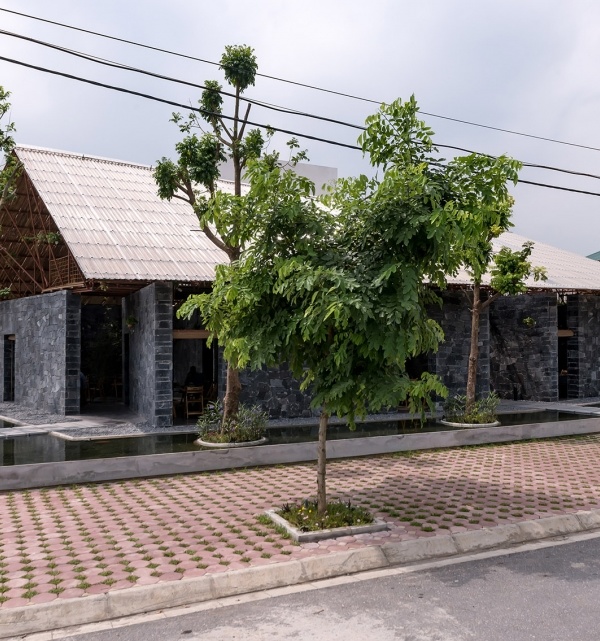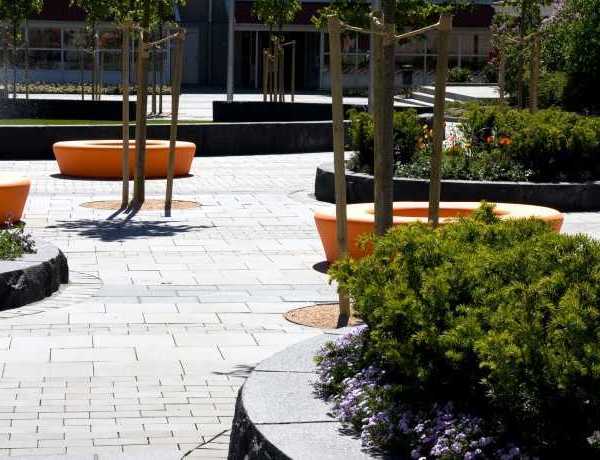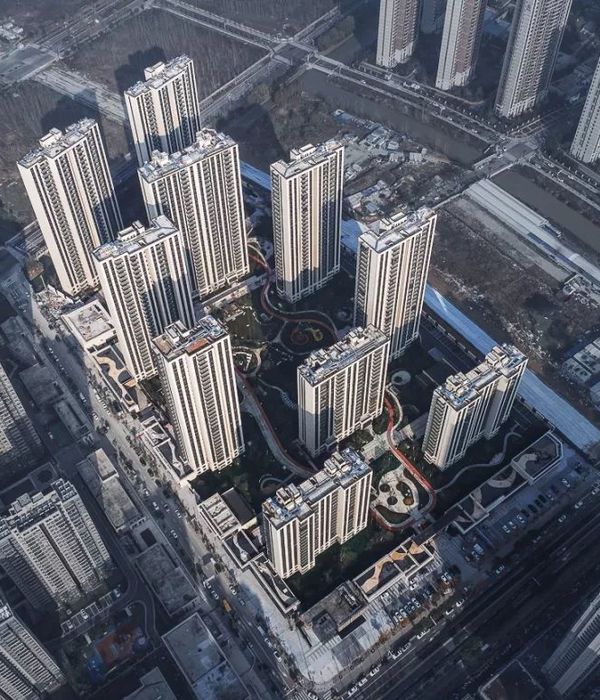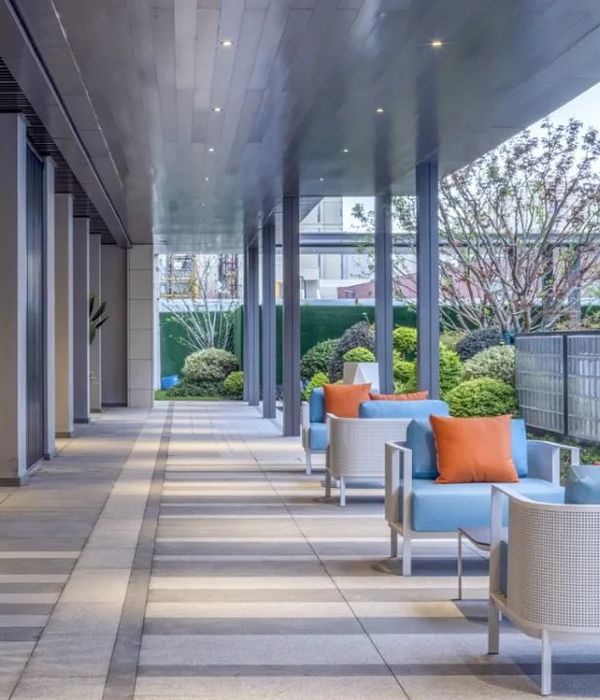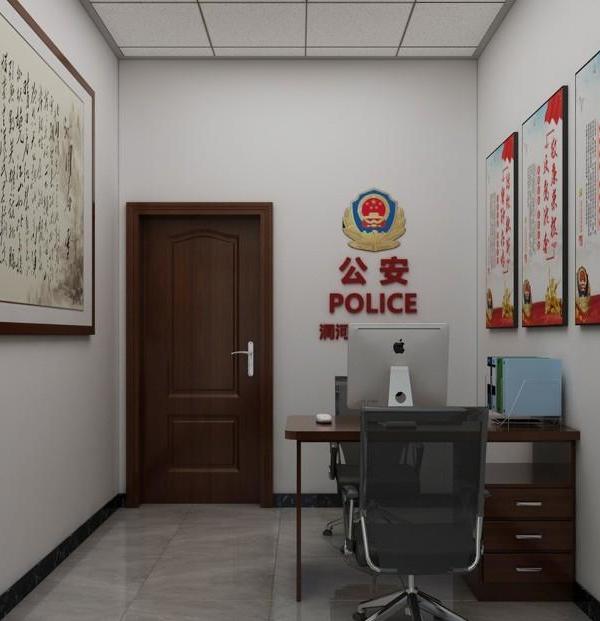- 项目名称:三林北港桥及三林塘港桥
- 地点:黄浦江东岸,上海
- 建筑面积:三林北港桥约812平方米,三林塘港桥约889平方米
- 工程设计:上海市政工程设计研究总院(集团)有限公司,朱立峰,黄政
- 施工单位:上海机械施工集团有限公司
- 业主:上海东岸投资(集团)有限公司
- 摄影:吴清山
2018年年底是上海黄浦江东岸开放空间贯通一周年,所有公共空间、基础设施正式投入使用也将近一年时间。值此之际,回顾东岸12座云桥中最南端的两座——浦东三林北港桥和三林塘港桥的设计,并以此作为对目前使用状态的比较。
By the end of 2018, it will be a year since the opening of waterfront path along East bank of Huangpu River in Shanghai. Meanwhile, all public spaces and infrastructures have been officially put into use for nearly one year. On this occasion, the design of the southernmost two among the twelve bridges along East Bund, North Sanlin Bridge and Sanlintang Bridge is reviewed and used as a comparison of the current state of usage.
▼黄浦江东岸三林北港桥及塘港桥,aerial view of the East bank of Huangpu River
云桥是东岸开放空间贯通中的重要组成部分。在人们的印象中,“桥”通常只作为通行使用;东岸的云桥则不同,它要求融合景观、交通、建筑、绿地等多重因素,又地处黄浦江沿岸的重要位置,对桥的设计也提出了更为复合的要求。在浦东开放的长达22公里的岸线中,“公共空间”是最核心的概念,也构成了设计的起点,即如何在满足基本的步行、骑行要求以外,从公共空间的概念出发,引导两座云桥的形态生成。
在两座云桥的设计中,我们试图探讨在常见的线形桥身之外是否还有别的可能性,并且形成连贯的设计语言,以此强化双桥的印象。因此在两座桥的设计中,都在尝试演绎一些几何形态上的变化,也充分考虑到与桥两端城市、景观环境的衔接。
Footbridge is an important part that constitutes this open space system. Usually bridge is merely recognized as the means to pass through, however, footbridges in East Bund is different, which requires a comprehension of multiple factors such as landscape, traffic, architecture, green spaces, etc. Locating along Huangpu River, this unique position proposes more complex design requirement to design scheme. In this 22km waterfront space opened in Pudong, “public space”is the essential concept, which also inspires the starting point of design, that is, besides meeting the basic requirements such as walking and cycling, how does the concept of public space guide the form generation of these two bridges.
When designing these two footbridges, we spent efforts on exploring the possibilities other than these common linear bridge, thus to form a coherent design language to reinforce the impressions of the duo. Therefore, some geometric variations were experimented, with full consideration given to city and landscape environment at both ends of these two bridges.
▼三林北港桥概念图解,design concept of North Sanlin Bridge
以三林北港桥为例,直线型的桥身直接连通南北两岸,但是在桥头和桥尾逐渐平展出两翼,直至形成与桥身融为一体的大台阶,自然地衔接桥前的景观广场。我们也希望从桥身延展出来的空间能提供另一种进入的可能,另一重体验滨江的视角,也能承载更多样的公共活动。
Taking North Sanlin Bridge as an example, a straight line directly links north and south bank, with wings gradually spread at the ends of bridge till it forms a large step that merge with the bridge body, naturally connecting the plazas in front of the approach ramps. We also hope that the spaces extend from the bridge can provide alternatives of entry, a different spatial experience of waterfront and bring on more kinds of public activities.
▼三林北港桥鸟瞰,aerial view of North Sanlin Bridge
▼三林北港桥与滨江景观,North Sanlin Bridge in the riverside landscape
▼浅灰色的金属桥身,the bridge with a light grey steel body
▼北翼大台阶与桥前的景观广场形成自然的连接,the large stair merges with the bridge body, naturally connecting the plazas in front of the approach ramps
▼桥面景观,bridge floor
▼桥面细部,detailed view
相比于三林北港桥两侧疏朗的绿地空间,南端的三林塘港桥周围的建筑密度更高,需要回应的问题也更多。一方面,必须避免上下桥的空间与现有建筑发生冲突,另一方面三林塘港两岸的空间较为局促,未能给桥提供足够的引桥长度。在设计中,我们尝试通常延长桥身并且处理成“S”型来化解这些场地的不利因素,转弯处桥身稍稍加宽,以增加形态上的变化。类似的设计语言被延续到了栏板的设计上,在水平方向和垂直方向上分别做了曲面处理,以增加整体的起伏态势。
▼三林塘港桥周边环境,context of Sanlingtang Bridge
Comparing to the ample green spaces on both sides of North Sanlin Bridge, the density of building around Sanlingtang Bridge is much higher, thus more problems to be answered. On the one hand, it is necessary to avoid the conflict between the entry spaces of bridge and existing buildings; on the other hand, the spaces on both sides of Sanlintang Port is relatively cramped, leaving insufficient length for approach bridges. In design, we elongated the length of bridge and turned it into an “S”shape to resolve the disadvantages of site, then the bridge is slightly widened at the turns to reinforce the morphology. Similar language was adopted when designing the side panels, surface curved both in horizontal and vertical directions to echo the overall undulation.
▼三林塘港桥鸟瞰,aerial view of Sanlingtang Bridge
▼“S”型桥身丰富了形态上的变化,the “S”shape reinforces the morphology of the bridge and resolves the disadvantages of the
compact
site
▼桥面景观,bridge floor
东岸从杨浦大桥绵延至徐浦大桥,每段岸线周边的城市环境都有差异,在三林地区保留了较为自然的岸线,周边建筑也以新中式为主,对岸仍保留有大片的工业建筑。在两座桥的调性和材质上,我们选择了更为洗练中性的浅灰金属色,以做到更好地融入环境。两座桥都选择了简洁的方管作为主要的饰面材料包覆桥身,表面做金属氟碳喷涂,同时结合栏杆栏扶手做出连续的灯带。
East Bund stretches from Yangpu Bridge to Xupu Bridge, and environment around each section differentiates from one another. Natural waterfront is preserved in Sanlin area, with surrounding buildings dominated by new Chinese style, and large blocks of industrial buildings remained on the opposite riverside. We assigned a neutral light grey metallic color as the tone of the two bridges, so they can be better integrated into the scene. Square steel tubes were used as the finishing material to wrap the bridge body, sprayed by metal fluorocarbon on surface. Underneath the handrails are the continuous light strips that run through the bridge.
▼桥身同样选用了洗练中性的浅灰金属色, similar to North Sanlin Bridge, Sanlingtang Bridge has a neutral light grey metallic color as the tone
▼简洁的方管形成扶手栏杆, square steel tubes were used as the finishing material to wrap the bridge body
一年后,当我们回访这两座桥时,发现它们已经被附近的居民很好地使用起来。当看到人们带着意外而欣喜的表情穿过这处曾封闭许久的沿江空间时,会真切地体会到城市公共空间的价值所在。
When we revisited the two bridges after a year, we found that they have been well used by nearby residents. Seeing people crossing through this once-closed space along Huangpu river with an unexpected and happy look on their face, you will truly appreciate the value of urban public space.
▼三林塘港桥夜景,night view of Sanlingtang Bridge
项目名称:三林北港桥及三林塘港桥
地点:黄浦江东岸,上海
设计/建成时间:2016/09-2017/12
建筑面积:三林北港桥约812平方米,三林塘港桥约889平方米
联合设计:上海阿科米星建筑设计事务所(庄慎、任皓、唐煜、朱捷) + 冶是建筑工作室(李丹锋、周渐佳)
网站:
设计团队:庄慎、朱捷、李丹锋、周渐佳、邱梅、王劲凯、陈嘉禾、叶之凡、胡博(实习)、吕欣欣(实习)
工程设计: 上海市政工程设计研究总院(集团)有限公司 / 朱立峰、黄政
施工单位:上海机械施工集团有限公司
业主:上海东岸投资(集团)有限公司
摄影:吴清山(
)
Project name: East Bund Footbridge: North Sanlin Bridge and Sanlintang Bridge
Location: East bund of Huangpu River, Shanghai
Design/Completed: 2016/09-2017/12
Gross Built Area (square meters or square foot): North Sanlin Bridge approx. 812 sqm, Sanlin-tang Bridge approx. 889 sqm
Architect’ Firm: Atelier Archmixing + YEAS
Website:
Architects: Atelier Archmixing(ZHUANG Shen, REN Hao, TANG Yu, ZHU Jie)+ YeArch Studio (LI Danfeng, ZHOU Jianjia)
Design Team: ZHUANG Shen, ZHU Jie, LI Danfeng, ZHOU Jianjia, QIU Mei, WANG Jinkai, CHEN Jiahe, YE Zhifan , HU Bo(Intern), LV Xinxin(Intern)
Engineering Design: Shanghai Municipal Engineering Design Institute (Group) Co., Ltd. / ZHU Lifeng, HUANG Zheng
Contractor: Shanghai Mechanized Construction Corporation Ltd.
Client: Shanghai East Bund Investment (Group) Co., Ltd.
Photo credits: WU Qingshan (
)
{{item.text_origin}}

